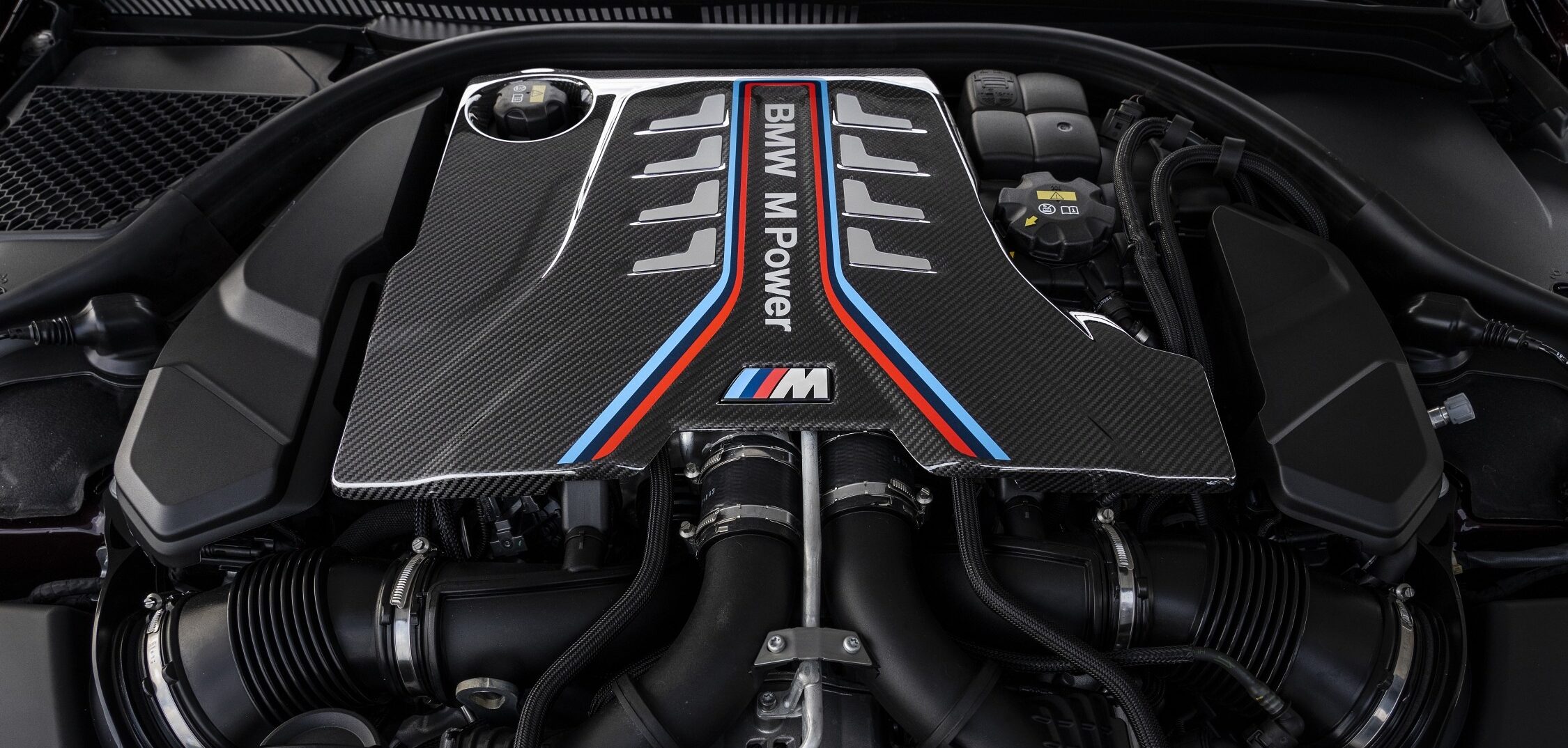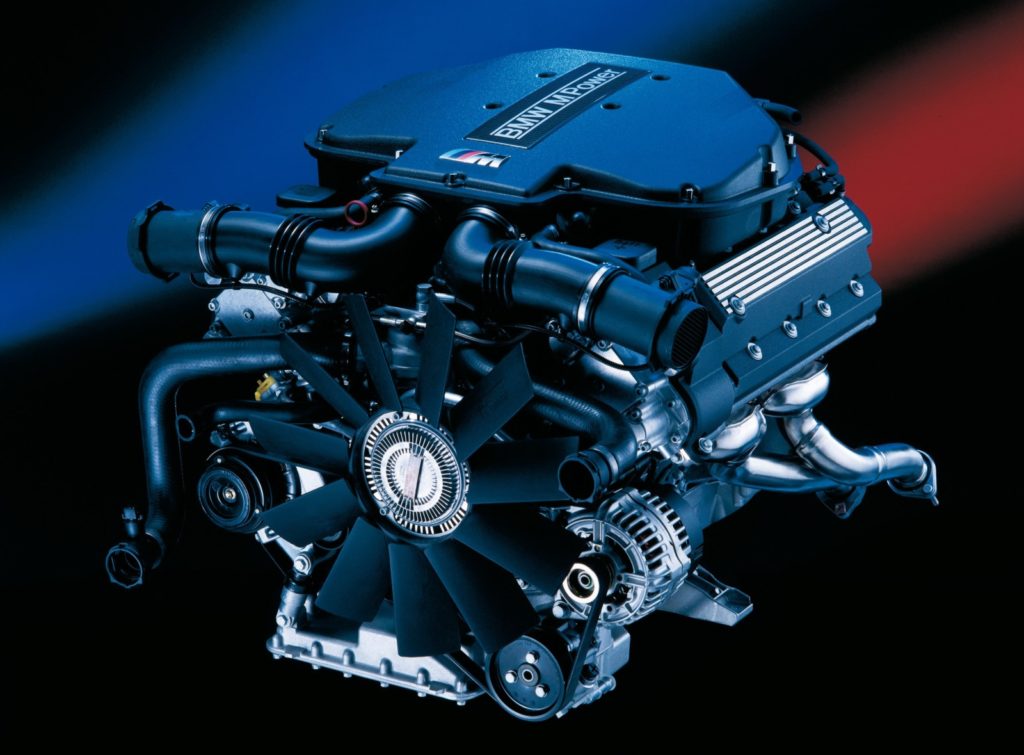Checking Out the Performance Enhancements of the current BMW Engine Versions
Checking Out the Performance Enhancements of the current BMW Engine Versions
Blog Article
Exploring the Advancement of Combustion Engines in Modern Transportation Systems
As we navigate the landscape of modern transport, the development of burning engines stands as a testimony to human resourcefulness and design prowess. The interaction of background, modern technology, and ecological problems in forming the trajectory of combustion engines creates a narrative that is both insightful and compelling.
Early Beginnings of Combustion Engines
Just how did the concept of combustion engines initial emerge in the early phases of transportation advancement? When the concepts of internal combustion were initial explored, the roots of burning engines can be traced back to the 17th century. In 1673, Christian Huygens conceived a standard inner combustion engine that used gunpowder to create power. It wasn't until the late 19th century that functional applications of burning engines in transportation began to arise.
The advancement minute came with the innovation of the very first effective gasoline-powered engine by Karl Benz in 1885 - bmw engine. This engine paved the means for the development of the modern vehicle, transforming transportation systems worldwide. Succeeding innovations by Nikolaus Otto and Gottlieb Daimler even more improved combustion engine innovation, bring about the automation of vehicles and the quick growth of the transportation industry
These very early burning engines were identified by their simplicity and efficiency, laying the structure for the complex and powerful engines utilized in contemporary transport systems. The development of burning engines has actually contributed in forming the means we travel and deliver goods, noting a substantial milestone in the background of transportation growth.
Shift to Internal Burning Modern Technology
The change to internal combustion innovation marked a crucial change in the evolution of transport systems. This change began in the late 19th century, with inventors like Nikolaus Otto and Gottlieb Daimler establishing the very first effective interior combustion engines. These engines changed transportation by offering a much more efficient and powerful option to heavy steam engines and electrical motors.
Among the essential advantages of interior burning engines was their ability to be reduced to suit automobiles, resulting in the advancement of vehicles and bikes. This change from large, stationary engines to small, mobile ones led the method for the modern transportation systems we see today.
The change to interior combustion innovation additionally stimulated advancements in fuel innovation, bring about the development of gas and diesel as main gas resources for lorries. This shift not only made transport a lot more available to the masses however likewise laid the structure for the oil and gas market to come to be indispensable to international economic situations.
Impact of Combustion Engines on Transportation
The adoption of combustion engines in transport systems catalyzed an extensive shift in the efficiency and rate of worldwide wheelchair. Burning engines reinvented transport by giving a flexible and reliable source of power for various automobiles, consisting of vehicles, vehicles, airplanes, and check these guys out ships. This development significantly improved the capacity for people and goods to conform cross countries in much shorter amount of time, causing increased connection in between regions and countries.
Additionally, the prevalent use burning engines has actually had a substantial effect on financial development. The capability to transport products effectively has spurred profession and business, enabling services to broaden their markets and get to consumers worldwide. This has helped with economic development and globalization, as items can currently be transferred much faster go now and in bigger amounts than ever previously.
Nevertheless, the environmental impact of burning engines can not be overlooked. The burning of nonrenewable fuel sources has actually led to air pollution and greenhouse gas discharges, contributing to environment adjustment and presenting health threats to populaces. bmw engine. Therefore, there is an expanding focus on developing alternate propulsion technologies to alleviate these unfavorable effects and produce a much more lasting future for transport
Advancements in Combustion Engine Layout
One notable innovation is the advancement of turbocharged engines, which use exhaust gases to drive a generator that compresses incoming air, permitting for even more gas to be scorched, resulting in enhanced power output without a significant boost in engine dimension. Variable shutoff timing systems have actually additionally revolutionized engine layout by optimizing air flow at different engine speeds, boosting both power and efficiency. These technologies jointly add to the continual renovation of combustion engines in contemporary transport systems.
Future Patterns in Burning Engine Growth
With modern technology innovations driving continual technology, the future of burning engine development is positioned to reinvent transportation systems worldwide. One of the vital patterns in combustion engine growth is the push towards greater performance and minimized discharges.
Another famous pattern is the adoption of crossbreed innovations in combustion engines. Hybrid engines combine standard burning technology with electric power, providing improved gas performance and reduced discharges. As the automotive sector changes published here towards electrification, hybrid combustion engines are seen as a transitional solution that connects the void in between conventional lorries and totally electrical ones.
Additionally, the integration of wise technologies, such as man-made knowledge and information analytics, is anticipated to play a substantial function in the future of burning engine development. These innovations can optimize engine efficiency in real-time, leading to much more reliable burning procedures and enhanced overall lorry performance. Accepting these future patterns will not just drive innovation in burning engine advancement but also add to an extra eco friendly and lasting transport environment.

Verdict
To conclude, the advancement of combustion engines in contemporary transport systems has been marked by considerable developments in innovation and layout. From the early starts of combustion engines to the change to interior combustion modern technology, these engines have actually had an extensive effect on transport. Developments in combustion engine style continue to drive progression in this field, with future fads concentrating on more boosting efficiency and lowering emissions. The future of burning engines in transportation looks promising as r & d efforts proceed to press boundaries.
The origins of combustion engines can be traced back to the 17th century when the principles of inner combustion were initial discovered. These engines revolutionized transportation by providing a more powerful and reliable alternative to steam engines and electrical motors.

Report this page